UPDATED REVIEW – June 30, 2019 – Williams Allegro & Casio CDP100 – Digital Pianos under $500 – Williams Allegro NOT RECOMMENDED
The newer Williams Allegro 2 now replaces the old Allegro. Go to the following link to read my detailed review of the new Allegro 2: Allegro 2 Review
Owning almost any kind of a keyboard or digital piano is usually better than having none at all because getting involved in music is the goal, regardless of how much or little you can afford. I usually don’t talk much about the lowest priced portable digital pianos out there because in many cases they are not very good. The Casio CDP100 is now discontinued and has been replaced by the CDP120 (and now replaced by the newer CDP130 and now replaced by the new Casio CDPs100) and in my opinion, it’s quite nice for the money and considerably better than the Williams Allegro in almost every way. However, there may still be a few of the discontinued Casio CDP100’s for sale out there, so this blog review still focuses on that model along with the Williams Allegro. Go here for my full review of the Casio CDP130: Casio CDP120/CDP130 Review
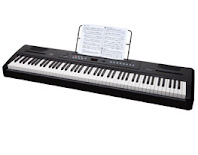
 Continued: Allegro & Casio CDP100 review: Two weighted key action 88-key portable digital pianos under $400 are the Williams Allegro ($299 internet price – pic on left) & the Casio CDP100 (approx $349-$449 internet price-pic lower left). There are other 88-key lower priced pianos out there that have unweighted or semi- weighted key actions (like a keyboard), and I would try to stay away from those if possible as far as playing piano goes. The Williams & Casio pianos I am reviewing here are “good for their price” because the prices are low. But for anyone to suggest that they are good enough for an intermediate piano student or semi-pro or pro musician is absurd (I have seen where self proclaimed ‘knowledgeable people’ have actually said this). Also for someone to say “the Allegro is also great for more experienced players due to the high quality features it comes with, is just making things up in my opinion. People have also said that
Continued: Allegro & Casio CDP100 review: Two weighted key action 88-key portable digital pianos under $400 are the Williams Allegro ($299 internet price – pic on left) & the Casio CDP100 (approx $349-$449 internet price-pic lower left). There are other 88-key lower priced pianos out there that have unweighted or semi- weighted key actions (like a keyboard), and I would try to stay away from those if possible as far as playing piano goes. The Williams & Casio pianos I am reviewing here are “good for their price” because the prices are low. But for anyone to suggest that they are good enough for an intermediate piano student or semi-pro or pro musician is absurd (I have seen where self proclaimed ‘knowledgeable people’ have actually said this). Also for someone to say “the Allegro is also great for more experienced players due to the high quality features it comes with, is just making things up in my opinion. People have also said that
The Williams Allegro model “provides you with the realistic touch and feel of a grand piano in an inexpensive and portable way” is equally absurd, and I am actually quoting someone here who reviews pianos. If you really believe you can get a portable digital piano for $299 which does all that, then I’d like to sell you a piece of desert land that “I promise you has all the running water you will ever need even though their are no wells or water supplies nearby!” You cannot get something for nothing (as the saying goes), and if you think you can and believe those claims about the Allegro, then this is certainly a free country and feel free to by a PSO and have fun. A PSO stands for a “piano shaped object” because the Allegro offers little more than that as compared to a real piano in my opinion.
![]() Both pianos have weighted keys with the Allegro being much lighter weight and the Casio being a bit heavier weight (somewhat better). The overall piano sound itself is good on the Allegro so that’s OK, but what really separates the two is the way the keytouch volume/response is and also the way the sustain pedal responds. The Williams Allegro keytouch piano response is not smooth at all and it should be good right out of the box. The action is somewhat choppy and physically noisy, with noticeable jumps in volume as you play the keys harder or softer. If you play harder & faster on the keys, you can actually loose notes when playing. In other words, the key won;t actually sound out the note which is likely due to cheap electronic key sensing ability. Also, the keys themselves go down much too easily almost like a cheaper keyboard as compared to a piano. An actual piano touch response is smooth and gradual, with subtle changes in volume and is heavier weighted… not so on the Allegro. This would not be good for anyone above a beginner level and even with beginners, this could cause bad playing habits because you’d always have to be compensating or adjusting for it and piano teachers (like myself) certainly don’t like that. The Casio has a noticeably smoother, more gradual keytouch volume response than the Williams, but it could be a bit better as well (keytouch is much better in the newer CDP130.
Both pianos have weighted keys with the Allegro being much lighter weight and the Casio being a bit heavier weight (somewhat better). The overall piano sound itself is good on the Allegro so that’s OK, but what really separates the two is the way the keytouch volume/response is and also the way the sustain pedal responds. The Williams Allegro keytouch piano response is not smooth at all and it should be good right out of the box. The action is somewhat choppy and physically noisy, with noticeable jumps in volume as you play the keys harder or softer. If you play harder & faster on the keys, you can actually loose notes when playing. In other words, the key won;t actually sound out the note which is likely due to cheap electronic key sensing ability. Also, the keys themselves go down much too easily almost like a cheaper keyboard as compared to a piano. An actual piano touch response is smooth and gradual, with subtle changes in volume and is heavier weighted… not so on the Allegro. This would not be good for anyone above a beginner level and even with beginners, this could cause bad playing habits because you’d always have to be compensating or adjusting for it and piano teachers (like myself) certainly don’t like that. The Casio has a noticeably smoother, more gradual keytouch volume response than the Williams, but it could be a bit better as well (keytouch is much better in the newer CDP130.
 There are some other differences between the two keyboards as far as total note polyphony (64 on the Williams which is good, and 32 on the Casio CDP100 (and 48-note polyphony on the newer CDP130 which is acceptable), number of sounds (8 instrument tones on the Williams and 5 on the Casio) & features, etc, but the main things that need to focused upon are the things that I have mentioned. On the surface it would look like the Williams offers more, but actually it offers less than the Casio in the areas that are important. So it’s what you cannot see that is what you really need. There is another noticeable difference between the two instruments, and that is how much they weigh. You would think that something this inexpensive, small, and portable would be lightweight which is the case with the low priced Casio, Yamaha, and Korg digital pianos weighing in at only about 26 pounds. But the Williams is quite heavy weighing a big (and unreasonable) 38 pounds which makes it fairly difficult to carry for those people expecting a lighter weight instrument. That’s as much weight as some portable 88-key “pro pianos” with many more features, better keyboards, better touch, better everything. Perhaps that won’t be an issue for you, but if it ever falls off the stand or you have to move it, then it can become a big issue.
There are some other differences between the two keyboards as far as total note polyphony (64 on the Williams which is good, and 32 on the Casio CDP100 (and 48-note polyphony on the newer CDP130 which is acceptable), number of sounds (8 instrument tones on the Williams and 5 on the Casio) & features, etc, but the main things that need to focused upon are the things that I have mentioned. On the surface it would look like the Williams offers more, but actually it offers less than the Casio in the areas that are important. So it’s what you cannot see that is what you really need. There is another noticeable difference between the two instruments, and that is how much they weigh. You would think that something this inexpensive, small, and portable would be lightweight which is the case with the low priced Casio, Yamaha, and Korg digital pianos weighing in at only about 26 pounds. But the Williams is quite heavy weighing a big (and unreasonable) 38 pounds which makes it fairly difficult to carry for those people expecting a lighter weight instrument. That’s as much weight as some portable 88-key “pro pianos” with many more features, better keyboards, better touch, better everything. Perhaps that won’t be an issue for you, but if it ever falls off the stand or you have to move it, then it can become a big issue.
| Casio PX150 |
The Williams piano company is actually a private label brand owned by Guitar Center (there is no such thing as a Williams piano factory…somebody in China makes it for Guitar Center). It’s sold by Guitar Center and other companies (mostly Guitar center affiliates such as Musicians Friend, Music 123, etc) as opposed to the Casio (or the other top brands) being from a real digital piano manufacturer who designs and makes the pianos themselves. The Casio’s are sold in various stores and on-line dealers. Neither of the pianos typically include stands and/or benches at those prices. For me, the Casio CDP100/CDP130 is the much better investment as you’ll be able to do more of the necessary piano things that students must do to improve as they progress through their lessons and the piano itself is easy to carry. It’s also the better choice for those who play piano a bit but just don’t have the extra money to get something better. The newer CDP120 also has a USB to computer connection which is very cool when you want to connect to your laptop or iPad for interactive music lessons, music games, etc. The Williams does not have that, but if you only have the $299, then get the Williams, but please understand its limitations. Although you might actually see positive user reviews for the Williams Allegro, I would submit these users/owners are new to the world of digital pianos and don’t know what’s good or what’s bad when it comes to pianos and how they should work, so when you go by what those people say, you are definitely taking a risk.
| Yamaha |
For just a bit more money, I would instead recommend either the Casio PX160 digital piano (499 internet price-above pic) or the new Yamaha P115 ($599 internet price-left pic). Both are much better alternatives and worth the extra money for many reasons. These pianos are shown here with optional stands and pedals.
Learning to play the piano is one of the best things you can do for your kids and yourself. If you can afford it, do it with a better instrument like the Casio CDP100/CDP120/CDP130 or the good higher priced models because as you progress in your music you will be very glad you did and your piano teacher will like you better for it too:)
If you want more info on these pianos and lower prices than internet discounts, please email me at tim@azpianowholesale.com or call me direct at at 602-571-1864
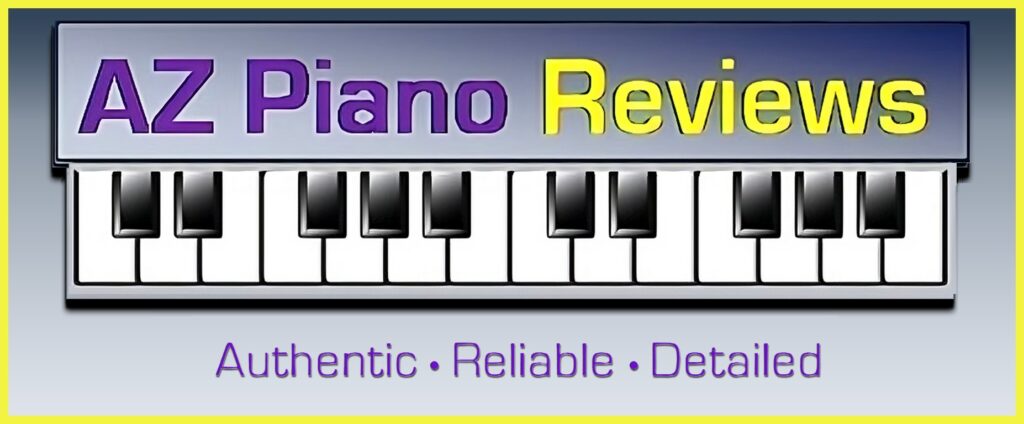






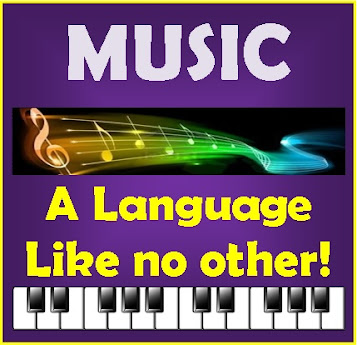
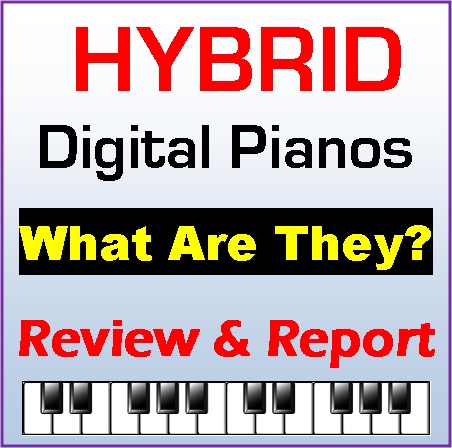
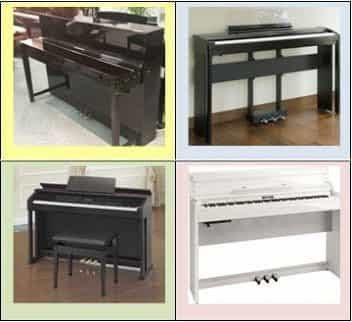
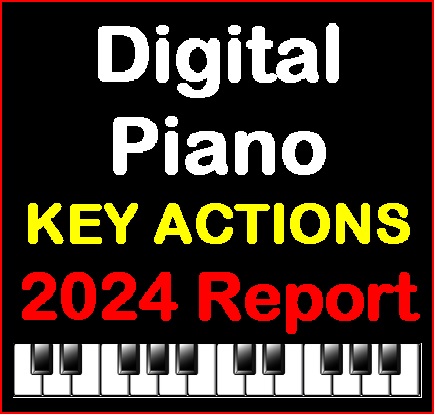
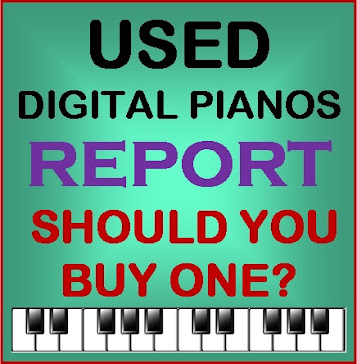
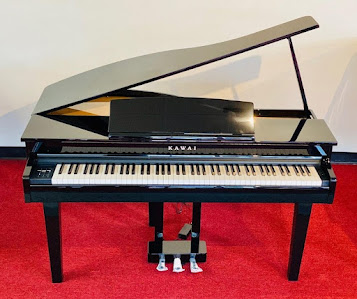
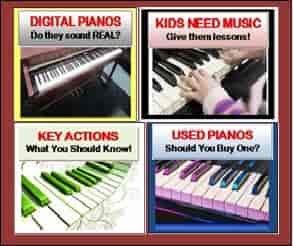
Hi, I just bought the CDP-100 keyboard for my 6 year old who will be starting piano lessons soon. I looked into the Celviano 220 and even the Yamaha Clavinova but decided to hold off until she plays for a while then I will certainly get something more quality for her.
Thanks for all the helpful reviews. They helped me a lot. Though I did not read the review for the keyboard beforehand.
Silvia
VERY helpful review. Thank you!
Thanks for this. I almost made a mistake getting the Williams piano.
Nice review. Found it very helpful. Was looking at the Williams Allegro but I think I will continue to save for the Yamaha P95.
Very helpful review. Did not know Wiliams was a brand of Guitar center, no wonder I did not see it any where else.
Thank you very much for your expert and honest opinions.
I am going with Williams with the hope that my 8 year old son will keep up the practice and hopefully will grow to earn his Yamaha
I checked the weight of Casio CDP 120 in amazon.com and it says 60lbs. Is it really 60 lbs? or 26 as you stated? Please clarify…
I think you may have misread my blog. I did not review the CDP120 but did review the CDP100. The Williams is 64lbs and the Casio CDP100 is about 26 lbs. However, just for your info, the Casio CDP120 is 25 lbs so I don't know where exactly you are getting your info from.
I would not agree with your assessment. It just depends on the area in the US you live in. Even many the Yamaha digital cabinet pianos require that the owner personally take or ship the piano to a service tech or direct to Yamaha. And on all potable digital pianos that is how it works too. As for Casio, they do use local service techs throughout the country and if one is not very nearby then they will typically find another local service tech and authorize them to do the work. Whether or not that work is "in-home service" as opposed to you taking it somewhere is another matter and depends on where you live. That is true for other brands too. Based on my experience, Casio does have a fairly good network of people…but the US is a big place and no one covers all of it.
Looks like the Casio is discontinued. It's listed in their "Archived" list. Is there an updated version you'd suggest from them at this price point?
Very helpful info, I am very much new to piano… I read your blog after i came across a issue. I bought williams allegro for my 8 year old and was testing the sounds of the keys and found the right most keys does not make any sound..Is that normal ? Do i need to do any kind of tuning ? or change any settings? what is the best settings to get a decent sound? Wish i had read this blog before i purchased the williams.
Thanks for the review Tim.